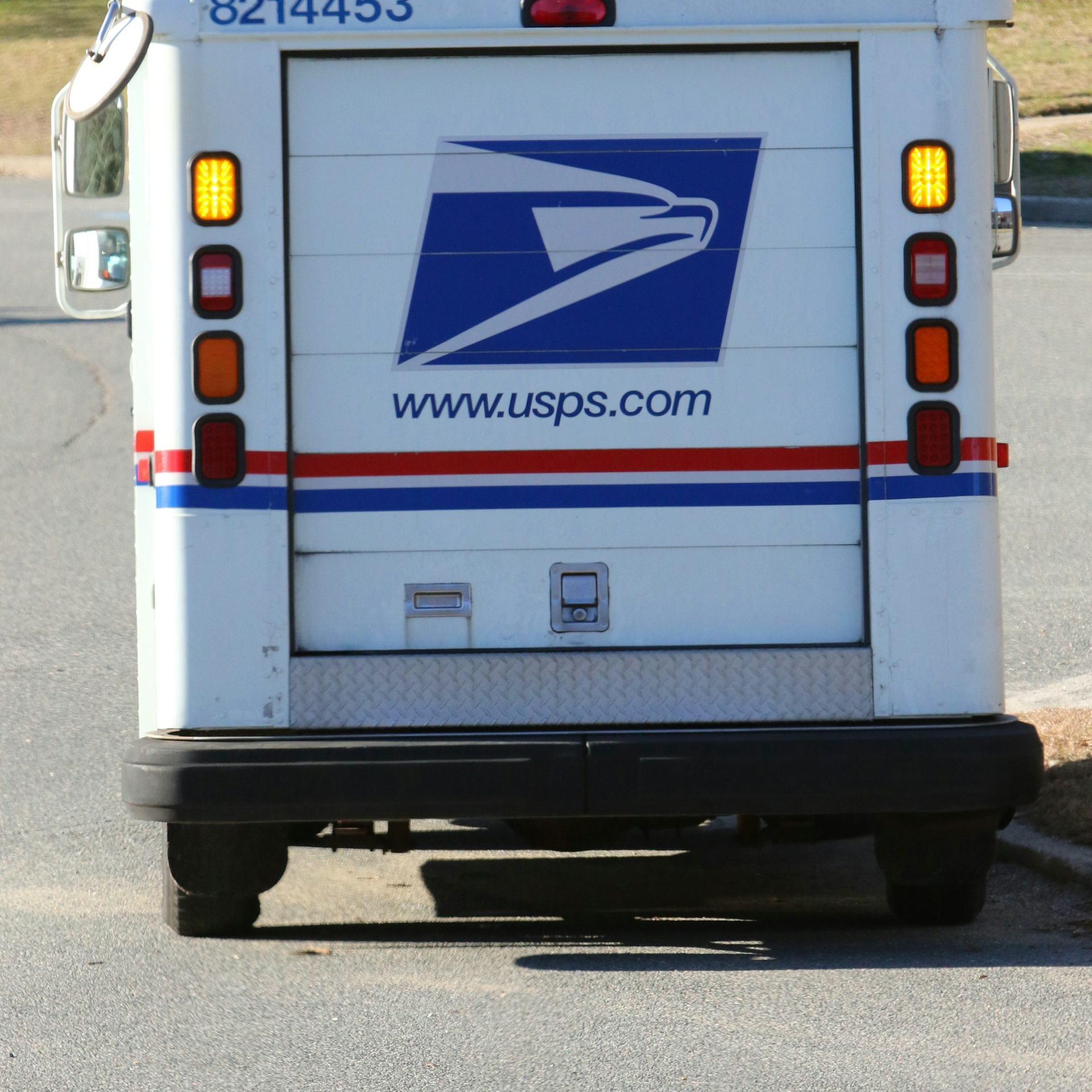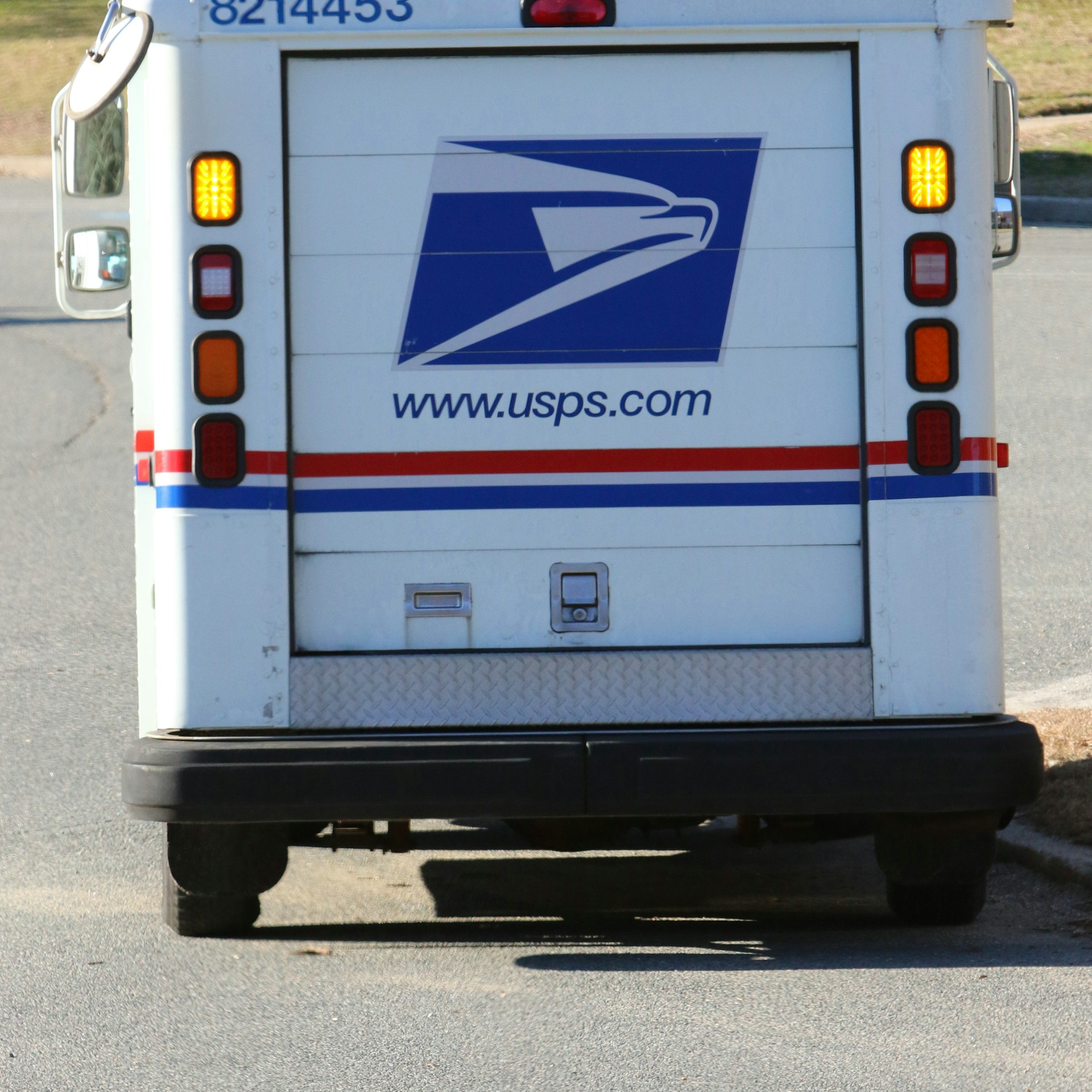Key Takeaways
-
Medigap plans can complement Postal Service Health Benefits (PSHB) by covering out-of-pocket costs not included in your plan.
-
Understanding premium structures and eligibility requirements is key to making informed decisions about additional coverage.
Decoding Medigap and PSHB: A Synergistic Approach
As a Postal Service Health Benefits (PSHB) enrollee, you already have access to comprehensive health coverage. But if you’re exploring Medigap plans, it’s important to understand how these supplemental insurance options work and what they can bring to the table. Medigap policies are designed to fill gaps in Original Medicare coverage, and they might be an appealing addition to your PSHB plan if you’re eligible.
What is Medigap?
Medigap, also known as Medicare Supplement Insurance, is a private insurance policy that helps cover costs such as copayments, coinsurance, and deductibles not fully paid by Medicare Parts A and B. These plans are standardized and identified by letters (Plan A, Plan B, etc.), and each offers a different level of coverage. With a variety of options, Medigap ensures flexibility for individuals to choose the coverage that aligns with their healthcare needs and financial situation.
To enroll in Medigap, you must already have Medicare Parts A and B. Since PSHB integrates with Medicare for enrollees who qualify, understanding how Medigap interacts with both can help you avoid overlapping or unnecessary coverage. This coordination of benefits helps streamline healthcare expenses and ensures comprehensive coverage.
Why Consider Medigap with PSHB?
While PSHB plans offer extensive benefits, you may face situations where additional coverage could reduce your out-of-pocket expenses. Medigap policies can be particularly beneficial if:
-
You’re enrolled in a high-deductible PSHB plan.
-
You’re concerned about unexpected costs, such as extended hospital stays or frequent medical appointments.
-
You’re managing chronic conditions that require regular treatments or prescriptions.
For many individuals, these situations can lead to unpredictable financial burdens. Medigap policies provide peace of mind by capping those unexpected expenses and offering predictable costs.
Eligibility Criteria for Medigap
To purchase a Medigap policy, you must be enrolled in both Medicare Part A and Part B. Your Medigap enrollment window typically begins during your Medicare Initial Enrollment Period (IEP), which lasts for seven months surrounding your 65th birthday. During this period, you have a guaranteed right to buy any Medigap policy without medical underwriting. This means insurers cannot deny you coverage or charge higher premiums based on pre-existing conditions.
Outside this enrollment period, applying for Medigap may require medical underwriting, potentially leading to higher premiums or limited plan options. Understanding this timeline ensures you don’t miss critical opportunities to secure coverage.
Understanding Premiums: What to Expect
Medigap premiums vary based on factors such as:
-
Age: Some policies use an age-based pricing structure, meaning premiums increase as you grow older.
-
Location: Premium rates can differ depending on your state or region.
-
Plan Selection: Each Medigap plan offers different levels of coverage, affecting its cost.
These premiums are separate from your PSHB and Medicare Part B premiums. Be sure to budget for all these costs if you’re considering Medigap. Additionally, some plans may offer community-rated or issue-age pricing structures, which remain stable over time, providing predictable long-term costs.
How Medigap Works with PSHB
If you’re already enrolled in a PSHB plan, adding Medigap can create a layered safety net for your healthcare expenses. Here’s how it typically works:
-
Primary Coverage: Medicare Parts A and B pay first for covered services.
-
Secondary Coverage: Medigap policies cover remaining out-of-pocket costs according to the terms of your plan.
-
Additional PSHB Benefits: PSHB often supplements remaining costs not addressed by Medicare or Medigap, especially for services like vision or dental care.
This structured approach ensures minimal financial exposure for enrollees, making healthcare costs more manageable.
Key Considerations Before Adding Medigap
1. Evaluate Your Current Coverage
Review your PSHB plan’s benefits and costs. Determine whether there are gaps that Medigap could fill, such as high deductibles, copayments, or coinsurance. Knowing your existing coverage’s strengths and weaknesses helps pinpoint where supplemental coverage may be necessary.
2. Compare Medigap Plans
Understand the differences among Medigap plans. For example:
-
Plan F and Plan G offer comprehensive coverage but come with higher premiums.
-
Plan K and Plan L provide partial coverage at lower premiums but include annual out-of-pocket limits.
Evaluating the cost-benefit ratio of these plans ensures you select one that aligns with your needs without overextending your budget.
3. Timing Matters
If you don’t enroll in Medigap during your IEP, you may face medical underwriting, which could lead to higher premiums or denial of coverage based on pre-existing conditions. Planning ahead ensures uninterrupted and affordable coverage.
4. Medigap and Prescription Drugs
Medigap plans sold after 2006 do not include prescription drug coverage. If you need this, ensure your PSHB plan or a separate Medicare Part D plan provides adequate drug benefits. Prescription coverage is critical, especially for those managing long-term health conditions.
Financial Planning Tips for Medigap and PSHB
1. Account for Combined Premiums
You’ll need to pay premiums for Medicare Part B, Medigap, and your PSHB plan. Ensure these costs align with your budget. Consider how these combined premiums compare to the potential savings on out-of-pocket expenses.
2. Understand Cost Sharing
Review cost-sharing features of Medigap and PSHB plans, such as deductibles and coinsurance, to avoid unnecessary expenses. Being proactive about cost-sharing strategies helps minimize financial surprises.
3. Consider Long-Term Value
While Medigap premiums may seem high initially, they can save money in the long run by reducing unpredictable out-of-pocket costs. Balancing immediate expenses with future benefits is essential for financial stability.
When Medigap May Not Be Necessary
For some PSHB enrollees, Medigap may offer limited additional value. This is especially true if your PSHB plan already provides low deductibles and out-of-pocket maximums. In such cases, the additional premiums for Medigap may outweigh its benefits. Carefully assess your existing coverage’s comprehensiveness before committing to supplemental plans.
Alternatives to Medigap
If you decide Medigap isn’t the right fit, there are other ways to enhance your PSHB coverage:
-
Flexible Spending Accounts (FSAs): Use pre-tax dollars for eligible medical expenses.
-
Health Savings Accounts (HSAs): If you have a high-deductible PSHB plan, HSAs can help cover costs tax-free.
-
Supplemental Coverage Through PSHB: Some PSHB plans offer additional riders or supplemental benefits for vision, dental, or critical illness coverage.
These alternatives provide financial flexibility and tailored solutions for specific healthcare needs.
Making the Most of Open Enrollment
Medigap policies are generally available year-round, but PSHB changes can only be made during Open Season or after qualifying life events. Synchronizing these timelines can help you avoid gaps or overlaps in coverage. Open Season is an ideal time to review and adjust your healthcare strategy.
Maximize Your Benefits
Here’s how you can leverage both PSHB and Medigap effectively:
-
Regularly review your medical expenses and adjust your coverage as needed.
-
Use PSHB’s integrated Medicare and Medigap benefits to minimize out-of-pocket costs.
-
Stay informed about plan changes and premium adjustments.
Keeping your healthcare strategy dynamic ensures it evolves with your changing needs and financial circumstances.
Should You Opt for Medigap?
Choosing Medigap alongside your PSHB plan is a personal decision based on factors like health needs, budget, and coverage gaps. If you’re approaching retirement or facing high medical expenses, Medigap could provide valuable peace of mind. Alternatively, some individuals find their PSHB plan sufficient, especially if it includes robust cost-sharing limits and supplemental benefits.
Wrapping Up: Evaluating Medigap’s Role in Your Coverage
Navigating the world of healthcare coverage can be overwhelming, but understanding your options is the first step to making informed decisions. By carefully evaluating how Medigap complements your PSHB plan, you can create a coverage strategy that aligns with your needs and budget. Remember, the key lies in balancing comprehensive coverage with affordability.












